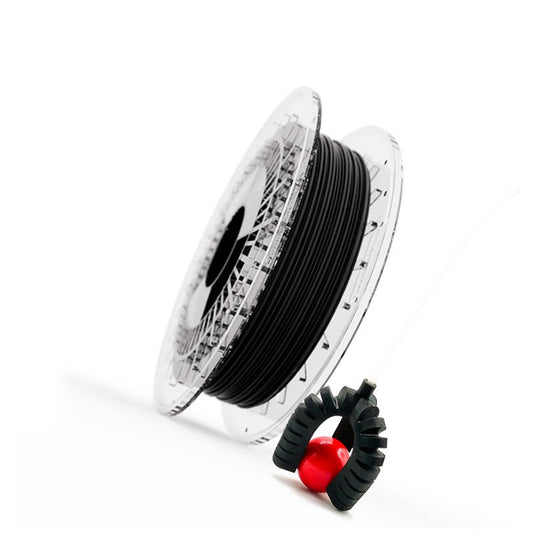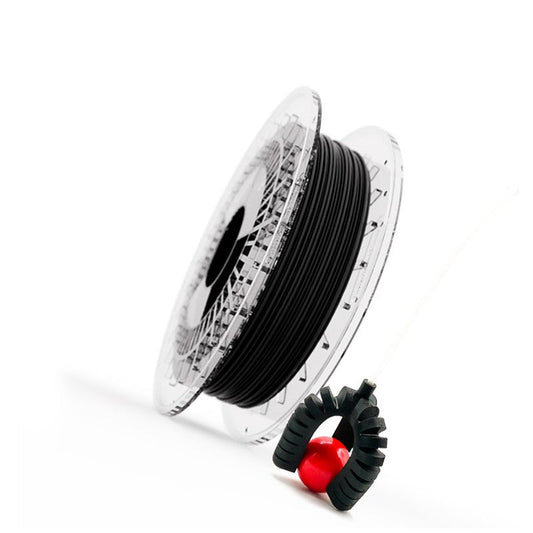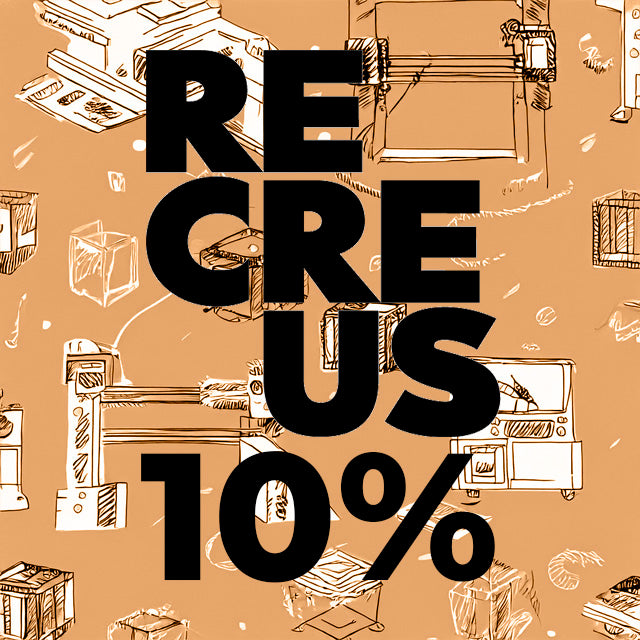Beyond Design: How Fornice Objects Is Transforming 3D Perception with Filaflex 95 Foamy
Beyond Design: How Fornice Objects Is Transforming 3D Perception with Filaflex 95 Foamy
3D printing isn’t just about engineering—it can also be emotional, warm, and deeply human. Chiara Ravaioli, founder of Fornice Objects, proves this by blending digital craftsmanship with tactile design. Using Filaflex 95 Foamy by Recreus, Chiara redefines wearables through objects that surprise with softness and elegance. In this exclusive interview, she shares how a material can change everything.
Fornice Objects: Contemporary Aesthetics with a Soul
Chiara founded Fornice Objects to merge digital tools with artisanal sensibility. From vases to lamps, her brand is built on organic forms, noble materials, and emotional storytelling. 3D printing is her tool, but her message is deeply human.
"I wanted people to feel something beyond technology when touching a 3D-printed piece."
Why 3D Printing? Bridging Tech and Emotion
Chiara was initially drawn to 3D printing for its design freedom. But she soon discovered its true value: the ability to create unique, expressive, and functional objects that emotionally connect with people.
Her mission became clear—to change how people perceive 3D printing—from cold and mechanical to soft and artistic. That shift begins with the right material.
The Discovery of Recreus: A New Level of Flexibility
While researching alternatives to rigid, glossy filaments, Chiara found Recreus. The brand stood out for its material innovation, texture variety, and real flexibility.
"Recreus stood out immediately for its quality and willingness to help me test different material options."
Why Filaflex 95 Foamy?
Filaflex 95 Foamy quickly became Chiara’s favorite filament. Its lightweight, soft-touch finish and ability to adjust density via printing settings made it perfect for wearables.
"It gave my pieces an almost organic feel—like silk or leather, but digitally made."
Introducing the Jali Bag
The star creation using Filaflex 95 Foamy is the Jali Bag, a wearable 3D-printed piece for daily use.
"It holds my iPad and camera every day. It's light, strong, and visually elegant."
Its foamy texture softens the sharp geometries and delivers a handcrafted, luxurious feel that invites touch.

Solving Design Challenges with Smart Materials
One of Chiara’s biggest challenges was balancing softness with structural stability. Many flexible filaments either lack precision or are too limp.
Filaflex 95 Foamy offered the perfect balance:
- Firm enough to hold shape.
- Soft enough to enhance comfort.
- Lightweight, enabling larger pieces without structural stress.
Exploring Other Filaflex Materials
Chiara has also worked with:
- Filaflex 82A for extra-elastic components.
- Balena Filaflex for prototypes needing extreme flexibility.
Each material served a specific design goal—always aligned with her vision of tactile, functional beauty.
What She Looks for in a Filament
- Tactility: It must feel pleasant and non-plastic.
- Reliability: It should print consistently over many runs.
- Aesthetic quality: The finish must match her refined visual language.
She also values sustainability and production efficiency as key to responsible design.
User Reactions: “This is 3D printed?”
The response to her work has been enthusiastic. Many are amazed the pieces are 3D printed at all.
"People often say they're unexpectedly soft or even luxurious. That’s the effect I aim for."
With her creations, Chiara challenges the stereotype of 3D printing as rigid or industrial, making it a part of daily emotional life.
What’s Next for Fornice Objects?
Chiara is currently expanding her Jali Bag collection with new shapes and closures to highlight the expressiveness of Filaflex.
She’s also experimenting with eco-friendly materials based on agricultural waste and bioplastics for a future vase collection—set to debut at Salone del Mobile 2026.
Conclusion
The story of Fornice Objects and Chiara Ravaioli shows how 3D printing can go far beyond the technical. Thanks to Filaflex 95 Foamy, digital design takes on a new life—softer, more human, and more inspiring. Her work is a call to explore, touch, and rethink what additive manufacturing can truly be.
Source / Attribution: Exclusive interview with Chiara Ravaioli, founder of Fornice Objects. Provided by the Recreus team, August 2025.









